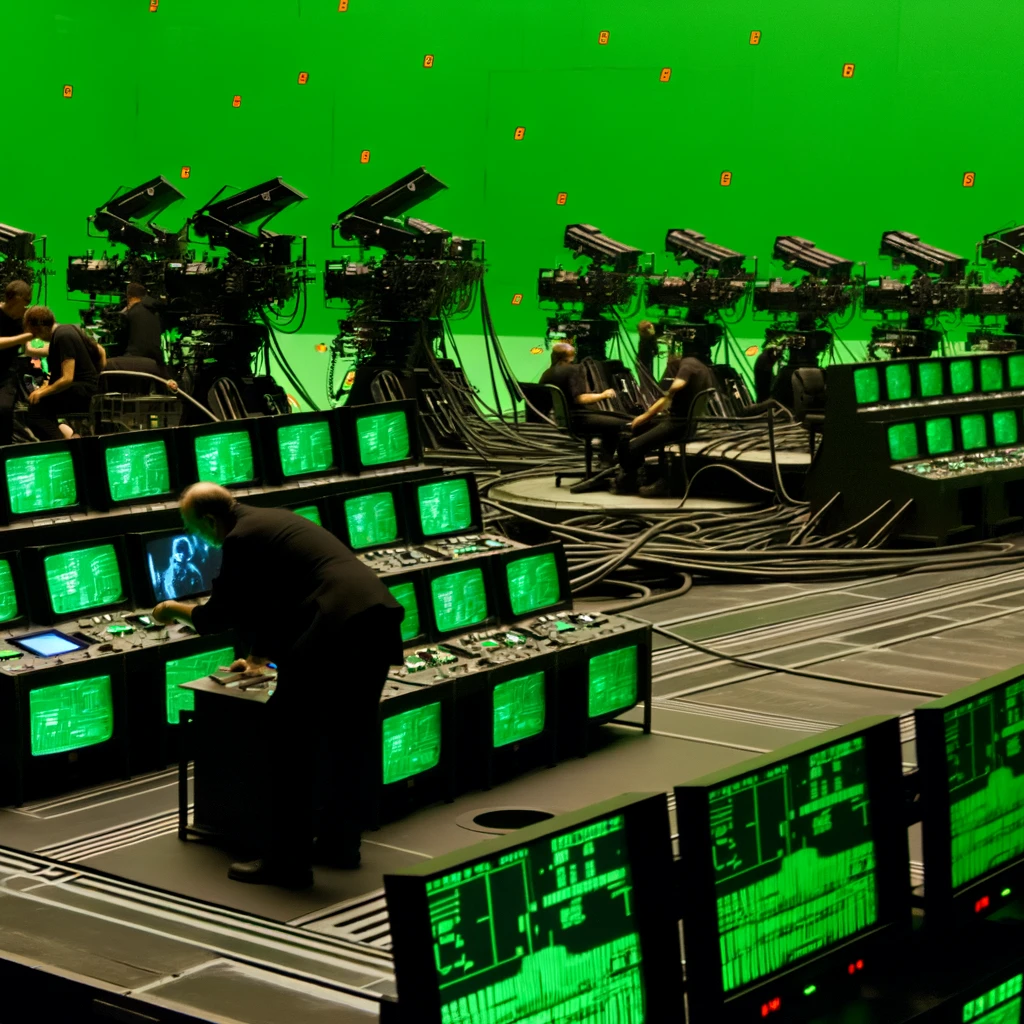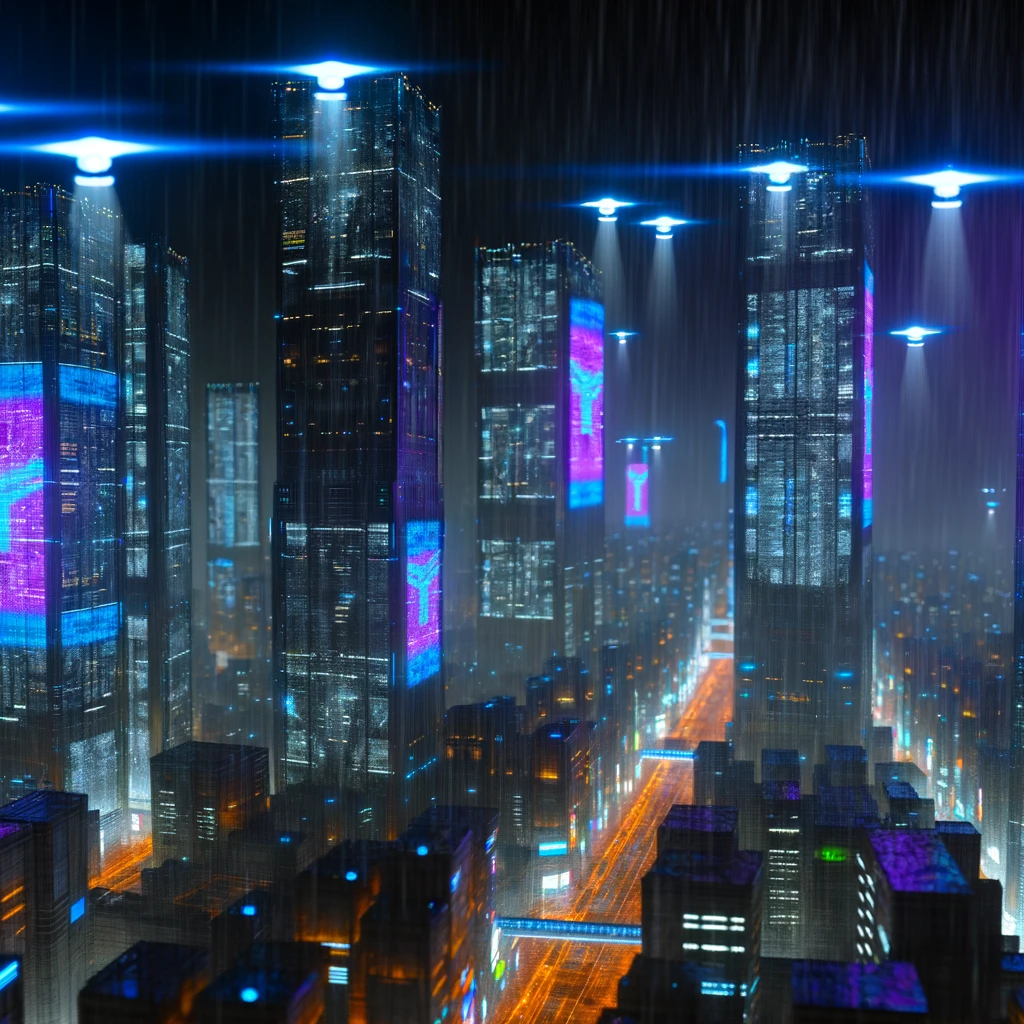
The Making of 'The Matrix': Revolutionizing Cinema Technology
Released in 1999, 'The Matrix' stands as a seminal film that not only captivated audiences with its intricate narrative and philosophical undertones but also revolutionized cinema technology. Directed by the Wachowskis, the film introduced groundbreaking visual effects and innovative filmmaking techniques that have left an indelible mark on the industry.
The Vision Behind The Matrix
The Wachowskis, driven by a vision to blend cyberpunk aesthetics with profound philosophical questions, set out to create a film that would challenge both the mind and the senses. Their ambition was to depict a dystopian future where reality as perceived by humans is actually a simulated reality created by sentient machines. This concept required not only a compelling storyline but also unprecedented visual storytelling methods.
Bullet Time: A Cinematic Game-Changer
One of the most iconic technological achievements of 'The Matrix' is the invention of 'bullet time'. This visual effect gives the illusion of variable speed within a shot, allowing the camera to move around the subject at a normal speed while the action unfolds in slow motion. The creation of bullet time required an array of strategically placed still cameras triggered in sequence, capturing the action from multiple angles.
This technique was instrumental in the film's famous action sequences, notably the rooftop bullet-dodging scene. The impact of bullet time was so profound that it has been replicated and parodied in numerous films and media since its introduction.
Innovative Filmmaking Techniques
Beyond bullet time, the Wachowskis and their team employed state-of-the-art techniques to set new standards in filmmaking. The integration of digital compositing, wire fu (a style of fight choreography involving wire-assisted stunts), and extensive use of CGI were pivotal in creating the film's distinctive look and feel.
For instance, the seamless interaction between live-action footage and computer-generated environments was achieved through meticulous planning and execution. The film's production involved intricate set designs and the innovative use of green screens, allowing the filmmakers to craft a visually cohesive and immersive world.
The Impact on Modern Cinema
The technological innovations introduced by 'The Matrix' have had a lasting influence on the film industry. The film's success prompted filmmakers to explore new storytelling possibilities through technology, leading to the widespread adoption of CGI and advanced visual effects in mainstream cinema.
Moreover, 'The Matrix' inspired a generation of filmmakers to push the boundaries of what is possible in visual storytelling. Its influence can be seen in numerous blockbuster films that followed, from the 'Lord of the Rings' trilogy to 'Inception'.
Conclusion
'The Matrix' remains a landmark in the history of cinema technology, a testament to the creative vision of the Wachowskis and the innovative spirit of their team. By challenging the conventions of filmmaking and embracing new technologies, they crafted a film that not only entertained but also expanded the horizons of cinematic possibility.
As we continue to witness the evolution of film technology, the legacy of 'The Matrix' serves as a reminder of the power of innovation in storytelling. The film's pioneering techniques continue to inspire and influence filmmakers, ensuring its place as a cornerstone of modern cinema.
Related Articles





